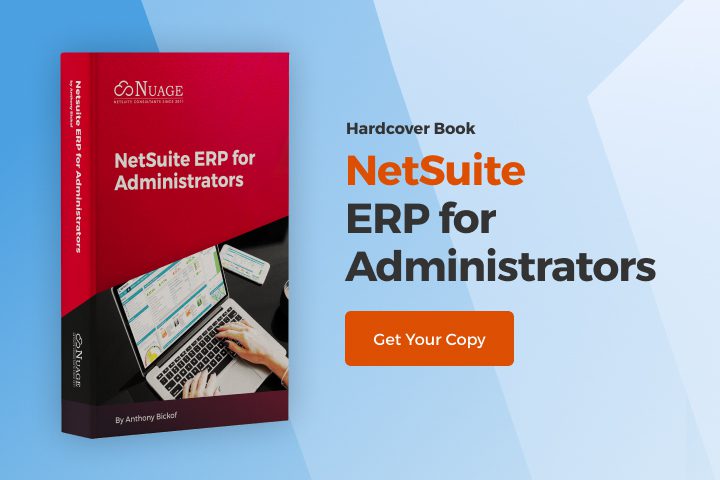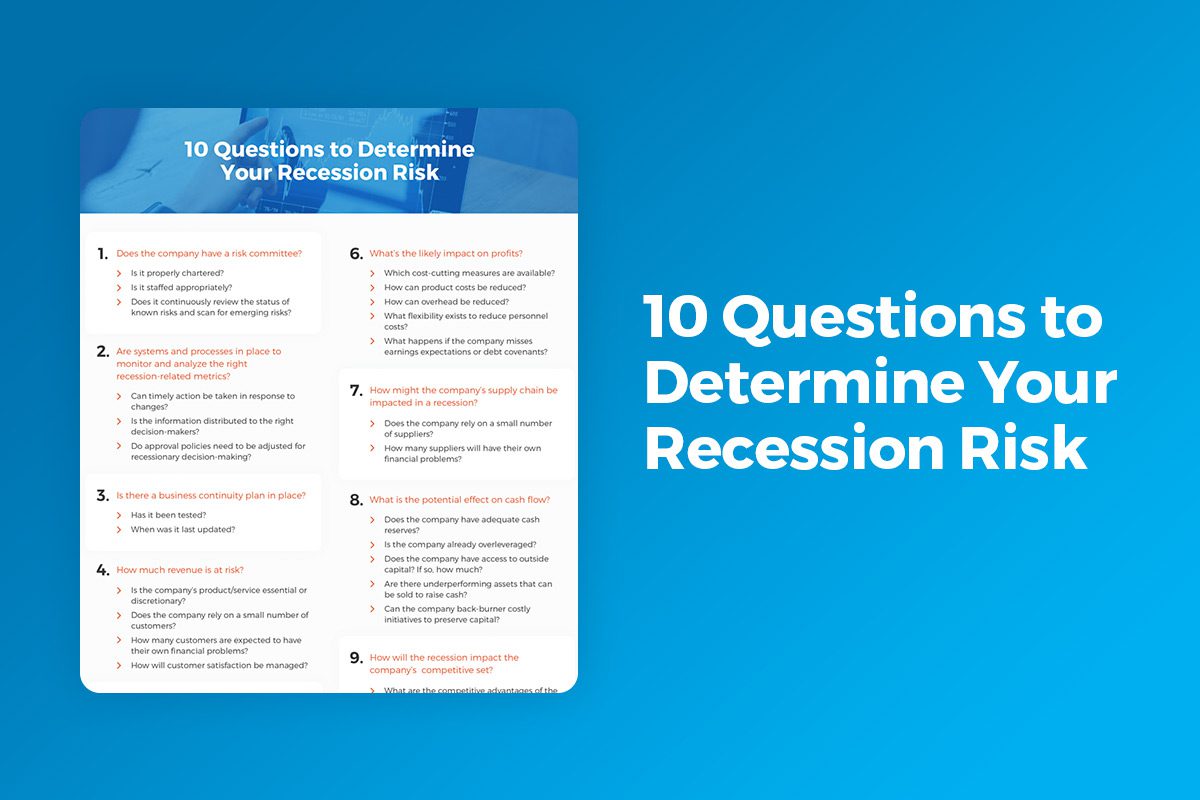Building Your Retail Team for the Unpredictable 2020 Holiday Season

The holiday season can be one of the most profitable and chaotic times of year for retail brands. Revenue projections are typically high, and the need to achieve robust sales momentum for the duration of the holiday season can put intense pressure on everyone within a retail organization.
Add to that many lingering questions about the impact of COVID-19. Many retailers are unsure of demand, and they need to plan carefully. The U.S. Department of Commerce’s “Advance Monthly Sales for Retail and Food Services” report for May 2020 showed a 17.7% rise in retail sales for the month compared to April. That was the biggest month-over-month increase since 1992, but still down 8% from the year prior.
Amidst this uncertainty, retail brands entering the seasonal rush need a well-trained, unified team of employees who are brand-articulate, customer-focused, tech-savvy and able to skillfully navigate a wide range of demands to create meaningful customer connections.
Building this kind of workforce could entail complementing an existing team with seasonal workers, finding new ways to inspire value and ownership among existing employees, or both.
And when the holidays arrive, being fully prepped to hit the ground running can mean the difference between a game-changing sales season and a misfire.
Happy seasonal employees = happy holiday customers
The retail landscape is crowded, for both ecommerce and brick-and-mortar brands.
Every touchpoint in the customer journey, from quality online chat engagement to the enthusiasm of the greeter at the store door, can be a defining moment for winning the hearts and wallets of consumers.
A supportive and positive work environment is statistically proven to improve how employees interact with customers. A study combining data from the American Customer Satisfaction Index and Glassdoor found that investing in employee well-being and workplace culture directly impact customer satisfaction.
Before the launch of any holiday season, Regina Andrew Design, a home décor lifestyle brand headquartered in Riverview, Mich., prepares its team with a workflow communication review. This makes sure everyone from the top to the bottom of the organization is engaged, clear on their sales and customer care objectives and thoroughly knowledgeable about the company’s new and existing product lines.
James Bonomo, COO at Regina Andrew, places high importance on a healthy employee mindset and avoiding holiday burnout when the pressure gets intense.
“The most important thing is that the customer is being taken care of in every interaction with us,” Bonomo said.
That also means keeping the team energized, encouraging regular breaks and providing support when customer demands get overwhelming.

Join over 20,000 companies who trust NetSuite to stay in control. Get NetSuite’s free guide on Managing Business Uncertainty.
Hiring seasonal employees
Depending on their phase of growth, retailers sometimes need more hands on deck to service holiday demand. Seasonal workers — defined as those who work fewer than 120 days or less than six months in the year — can fill in the gaps when it comes to a wide range of back-end inventory jobs, extra help at the register or bulking up call centers.
Many employers start their holiday seasonal employee search in September to provide enough time for thorough training and integration before sales activity picks up near Thanksgiving. Hiring will prove trickier this year. Some retailers may be able to bring back furloughed employees while lingering unemployment may make seasonal work more attractive.
Popular search outlets for seasonal workers can range from social media postings on Twitter, Facebook and the company’s website to LinkedIn searches that focus on a particular skill set or job history. Although in-person job fairs are on the decline, online college job boards and websites that appeal to seniors or caregivers looking to make extra money for short periods of time are still effective.
Onboarding seasonal workers
A well-balanced onboarding strategy is key to helping a seasonal workforce successfully adapt to new roles and responsibilities while giving employers an opportunity to make sure new hires are suitable for their roles.
Gradually acclimating a seasonal hire should start with simple, routine tasks over the course of their first few weeks with the company. Tasks like answering emails or phones are good starting points for getting team members up to speed on your product line and typical customer questions. This process also lets the employer test out the hire’s communication skills and assess areas where they need extra training or coaching.
After two weeks of basic training, gradually ramp up the complexity and volume of daily tasks for another two weeks. At that point, a seasonal employee should be reasonably prepared for the holiday rush. If they’re still showing weaknesses in certain areas, buddying them up with a more experienced employee can help bridge the gap from training to independence.
According to Wanamaker, an onboarding program for seasonal hires should always include a top-to-bottom review of the company, its products, history, and employee conduct rules and regulations. It should also include team-building exercises or social gatherings so both seasonal and regular employees feel a strong sense of fellowship and collaboration as the rush season approaches.
“Any employee that feels empowered by the value they contribute to a company, whether short-term or long, is much more likely to take their job duties seriously and convey a positive and helpful attitude to the customer,” said Wanamaker.
Training holiday teams for multichannel retail’s many touchpoints
Ensure all employees are well-versed in whichever technology platform or system the company is using to create a more efficient shopping experience for customers. This could involve training on sales that originate on your app, social platforms, chat, call centers or in-store tablets. With COVID-19 expected to linger throughout the winter, it’s unlikely stores will see the same in-store crowds they have in year’s past. That makes contactless payments and curbside pick up all the more important.
Multichannel Retail Touchpoints
step 1
BOPIS
Retailers that provide the option of buying online and picking up at the store (BOPIS) need a speedy and synchronized team, because a simple misstep can easily sour this relatively new customer experience.
Train seasonal teams on fulfillment processes, IT, ecommerce and payment processing. Is special parking offered to BOPIS customers? Do BOPIS shoppers have to stand in regular lines to pick up their products?
Also ensure the team can articulate how BOPIS works to customers and why it can make their holiday shopping experience faster and easier.
step 2
Returns and exchanges
Other seasonal challenges involve processing returns and exchanges in a way that doesn’t jeopardize customer loyalty. Pre-holiday training can prepare a team for the stress of these transactions, the expectation of a speedy resolution, and communication tactics for de-escalating customer tension and keeping the transaction positive. This is easiest if customer service can easily access the customer record and view all purchases.
Retailers can also provide onsite managerial support for coping with customer aggression and complex transactions that require internal approvals.
step 3
Inventory by channel and location
Seasonal sales associates and customer service reps need to be able to help customers find the items they are looking for to save the sale. If the item is out of stock or not available in that location, sales associates need to be able to help a customer find it in another location or channel to best maxiize sales.
step 4
Chat and phone
The subtle art of online chat is also an important communication advantage in which to train employees who join your team for the holidays. If seasonal employees are helping with chat support, teach them to carry a professional tone and utilize proper grammar instead of colloquial short-hand.
Pave the way for your next holiday season
Consider a thorough debrief of your previous holiday season so you can set seasonal workers up for success next year. Post-mortems can be conducted on macro- and micro-levels by gathering insights and feedback from all corners of the organization and compiling reviews and reports to help guide staffing needs, highlight process deficiencies and inform adjustments.
What can be done better next year to support seasonal workers? Did any leave in the middle of the season? Were any offered full-time employment?
Exit interviews with seasonal employees also provide a roadmap for next season’s hiring process and a chance to learn about their experience with your company and its training process.
“There are always opportunities for every brand to perform better over any seasonal highpoint,” Bonomo said. “So we make sure to review the entire season for a better understanding of where we can spend money and allocate company talent more wisely next year.”
The Regina Andrew management team also rewards seasonal workers with a holiday party to celebrate a season of hard work and dedication.
Follow in their footsteps to build a seasonal team that “sleighs” holiday sales this year.
Source: from the experts at NetSuite, By Gretchen Hyman , Contributor via the Underground GroupThursday, July 30, 2020
Nuage – Premier NetSuite Solution Provider
Nuage is a NetSuite reseller and NetSuite Solution Partner. From purchasing a NetSuite license, to implementing and customizing the NetSuite platform for you, we can help your company pick and choose which features you need most. Our team is ready, willing, and able to help guide you through the NetSuite purchase and/or implementation process. Please feel free to contact us for more information on how we can help.


